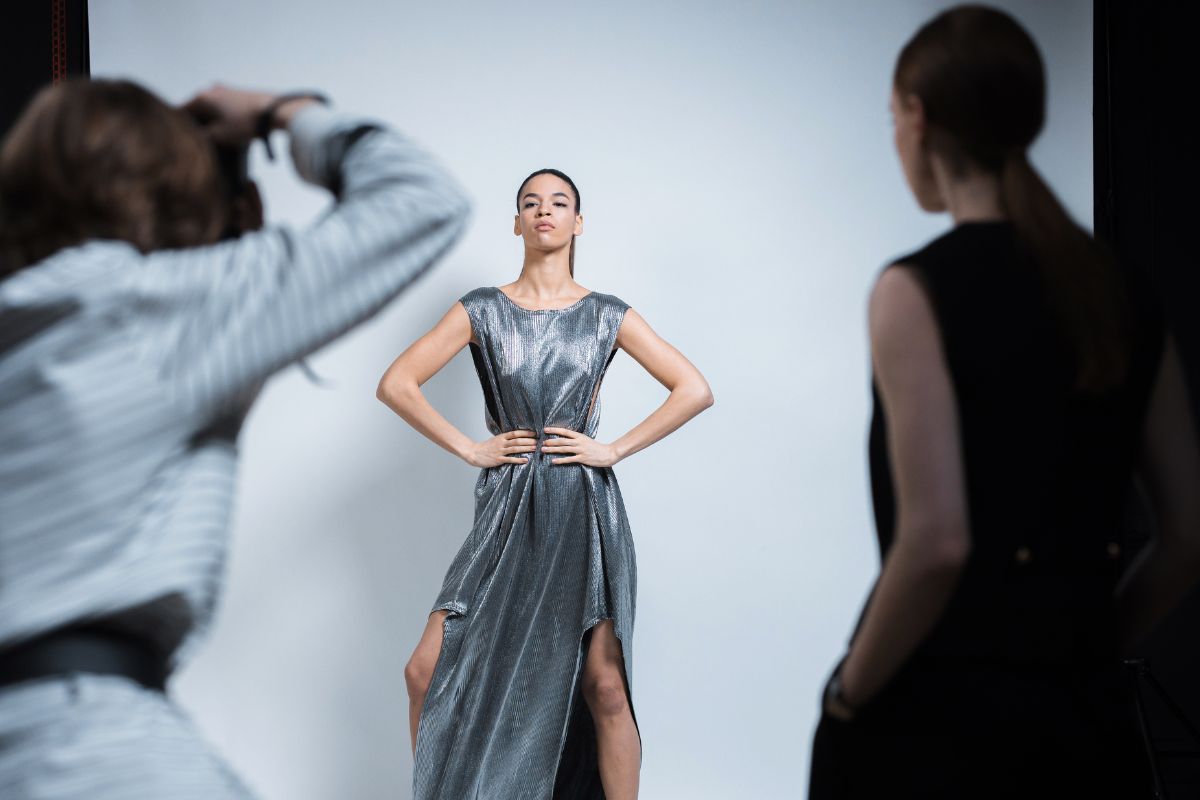Portrait photography is, in essence, the art of capturing the character and emotion of an individual or group using imagery. It’s a timeless photography genre that offers a snapshot into the subject’s world. A well-taken portrait will not simply reflect a subject’s best physical attributes but will also provide viewers with a window into their unique personalities and experiences.
Naturally, photographers must weigh up a plethora of considerations to achieve high-quality portraits, even if they’re working in a controlled environment like a photo studio. For instance, they’ll have to think carefully about lighting, composition, and equipment choices. There might also be moments when photographers need a specific piece of equipment that’s missing from their collection. In such instances, rather than compromising on the final photograph, options like a lens hire can make it possible to capture the perfect shot.
In addition to these technical and logistical aspects, the art of posing is just as important for achieving top-notch portraits. Posing for portraits involves guiding the subject into positions that are both aesthetically pleasing and genuine to their character. Through the use of angles to create depth and facial expressions to convey emotion, effective posing techniques can create a balance of drama and composition.
A well-posed portrait can highlight the subject’s strengths, create a connection with viewers, and communicate the intended narrative or mood. If you’re a portrait photographer prepping for a studio shoot, you’ll definitely want to add the following posing tips to your arsenal:
Table of Contents
Teach Them the Triangle Pose
The triangle pose, aptly named for the triangular shapes formed by a subject’s limbs, is a versatile technique that adds depth and dynamism to portraits. At its core, this pose breaks the monotony of straight lines and introduces angular shapes that naturally draw the viewer’s eyes. When executed correctly, it can lend portraits a sense of balance and geometric harmony, while also subtly highlighting certain key features or areas of the subject’s physique.
To guide your subject into forming these triangles, start with the arms. Ask them to rest an elbow on a nearby surface, be it a table or their own knee, while the hand either touches the face or rests in a relaxed manner. This simple action creates an angular space between the arm and the body. They can also use their legs to create triangular forms, such as by bending one leg or crossing it over the other. Just make sure that your subject looks at ease and natural in whatever pose they assume. Rigidity can rob the pose of its inherent elegance, so communicate constantly with your subject as you shoot.
Push the Chin Slightly Forward
A portrait’s effectiveness can often hinge on minute adjustments and one such tweak involves the positioning of the chin. It might seem inconsequential, but pushing the chin slightly forward can transform the profile of the subject by bringing more definition to the face and neck. This subtle forward movement combats the appearance of a double chin and also brings the subject’s eyes into focus, which creates a compelling and direct connection with the viewer.
Instructing a subject to adjust their chin can sometimes be tricky, as this position may feel uncomfortable or unnatural. It often helps to explain the reasons this position is more photogenic than the natural angle of the head. You can also try framing it as a technique rather than a corrective measure to prevent your subject from feeling self-conscious. For instance, you could ask them to imagine a string gently pulling their chin forward into the desired position. The aim isn’t to stretch their neck but to create a poised, alert posture that enhances the overall image.
Distribute the Weight Evenly
A natural stance will make any portrait look more authentic. When subjects stand with their weight evenly distributed across both feet, the stance can appear rigid and staged. So instead, guide your subject to shift their weight onto one foot for a more relaxed and candid feel. This subtle shift introduces a slight tilt in the hips and shoulders, which often makes the subject appear more approachable.
One effective way to achieve this is to ask your subject to take a short step forward with one foot. This not only ensures a weight shift but also introduces layers to the composition, with one leg positioned slightly ahead of the other. Make sure that your subject is comfortable in this pose; if they appear strained or off-balance, you’ll lose the natural look.
Turn the Shoulders Slightly
Direct shoulder positioning can sometimes feel confrontational or overly formal in a portrait. A slight turn or angle can make all the difference. Asking your subject to turn their shoulders a bit to one side introduces more depth and dimension to your photograph. This diagonal line can be more flattering in addition to being visually engaging, as it narrows the appearance of the body and adds a sense of movement to the image.
To achieve this, guide your subjects to pivot at the waist or turn their feet slightly, and the shoulders will naturally follow. Keep this turn slight and subtle, as this is usually what will look and feel best for your subject. An exaggerated turn can feel forced and also cause discomfort, so check in periodically you’re your subject and adjust as needed.
Encourage Them to Use Their Hands
Hands, though often overlooked, are expressive tools in portraiture. When used effectively, they can convey emotion, tell a story, or even guide the viewer’s gaze. A relaxed hand on the cheek can evoke contemplation, while intertwined fingers might suggest anticipation or nervousness.
However, there’s a thin line between a hand pose that looks natural and one that feels forced. Communicate with your subject and encourage them to experiment. Instead of dictating specific hand positions, ask your subject how they’d naturally place their hands when feeling a certain emotion. Providing a context or story may also help subjects position their hands in a way that feels genuine to them.
The subtleties of posing hold profound power in portrait photography, capable of transforming ordinary snapshots into compelling narratives. Mastering these techniques will enhance your repertoire as a photographer and also unlock new depths of expression and connection within each shot.
















